Birdlife is one of the main reasons that people come to Ethiopia. Many tour companies specialize in birding, with guides who know literally just which trees to look for a particular bird in, and itineraries that last several weeks. Birds in Ethiopia range from local birds and breeding birds to migrant birds and wintering birds. There are many waterfowl, wading birds, songbirds, raptors, game birds, swifts, and nighthawks that live in a wide variety of environments from forests, meadows, shorelines, cities, and urban green spaces.
In all, there are nearly a thousand species. Of the local birds, there are 23 endemics as well as other near-endemics. The near-endemics are mostly either shared with Eritrea, which doesn’t have any endemics of its own, Somalia, or Kenya. The reason for Ethiopia’s high endemism, not only among avifauna but all life forms, is that most of it is a cool afromontane island plateau surrounded by hot, mostly arid lowlands. This unique geography, representing the largest afromontane and afro-alpine region on the continent, gives it some of the highest rates of endemism on the continent.
On the best tours, over 800 species of birds can be seen, including the fabled Ruspoli’s turaco, strange Stresemann’s bush crow, Rouget’s rail, spot-breasted lapwing, remarkable thick-billed raven, extremely localized Salvadori’s seedeater, rare red-billed pytilia, as well as many other endemics and near-endemics.
Lucky for birders, some of the rarest birds are also the most range-restricted. In fact, apart from the Nech’sar nightjar, most of the endemics and near-endemics can readily be seen with the right guides and enough time. Typical tours cover lush highland plateaus and dramatic river gorges north of Addis Abeba, the Great Rift Valley to the southeast, the high afro-alpine Senetti Plateau in the Bale Mountains on the other side of the valley, and dry bush land to the south.

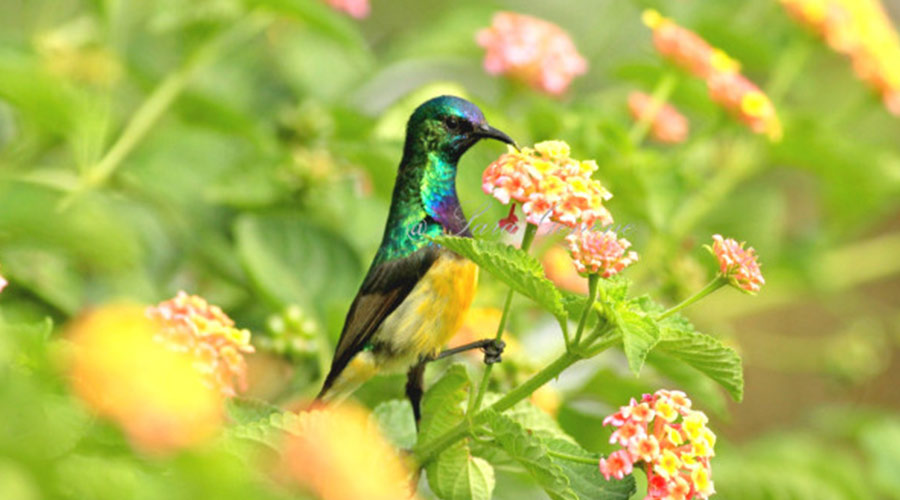
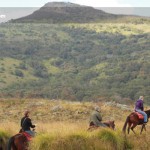





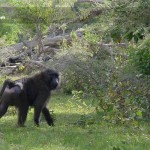
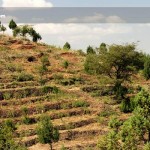

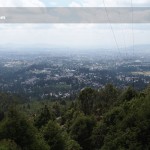


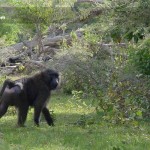







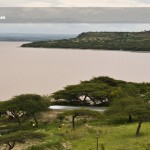







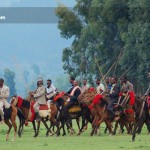
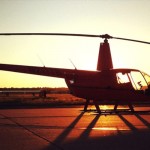




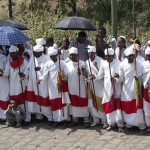




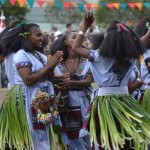

Recent Comments